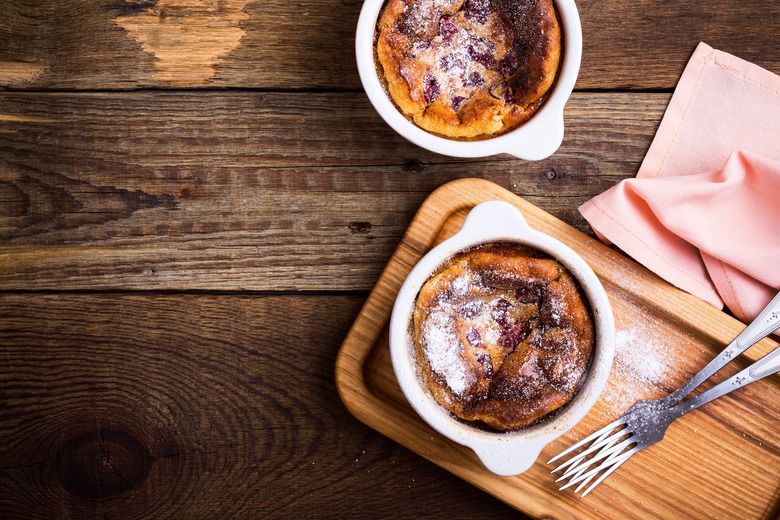Are All Ceramic Bowls Oven-Proof?
Cooking in the kitchen can be quite therapeutic with all the methodical chopping and the unison of smells that tease your nose as meals slowly begin to cook. However, many people admit to falling victim to the stop, lift and stare technique of determining if your kitchenware is oven-safe.
One of the worst ways to end the wonderful buzz of being in a kitchen is by lifting your ceramic bowl or plate, which is full of food, over your head and squinting your eyes to see if you can make out the magical words "oven-safe" written on the bottom. These little words could absolutely make or break your kitchen experience.
Tip
Not all ceramic bowls are oven-proof and the best way to know is by looking at the bottom of your kitchenware. Ceramic that is not oven-safe will undergo thermal shock when met with drastic temperature changes.
Ceramic Bowl in Oven
Ceramic Bowl in Oven
The biggest rule to follow before putting your ceramic bowls in the oven on the assumption that it is safe is to look at the bottom for a disclaimer. Unless you specifically see the words "oven-safe" written on the bottom, do not put your ceramic bowls under the intense heat conditions that an oven produces.
The reason so many of us doubt the proper uses for ceramic items is that we are surrounded by ceramic and rarely notice it. Ceramic is everywhere around us, from building materials to cookware, and is used often due to its list of core properties. Explain That Stuff shows the different core properties of ceramic as heat-resistant, durable and chemically neutral. The fact that people associate ceramics with being heat-resistant leads to confusion as to whether or not ceramic bowls go in the oven.
Thermal Shock in Ceramics
Thermal Shock in Ceramics
Ceramic tends to expand when it comes into contact with heat. If your ceramic bowl is not oven-proof, then heating it at high temperatures can cause thermal shock when the heat source is removed, causing it to shatter or crack. Even some oven-safe ceramics can only handle a certain heat level, which poses the question "at what temperature does ceramic crack?" While many ceramics can handle temperatures up to 3,000 degrees F, they can be sensitive to a quick change in temperature. When they are heated and then removed from the heat source, ceramics are at risk of cracking and thermal shock.
Thermal shock is when the state of the ceramic has changed due to the high heat changes. The heat can cause the glaze to crack, which is referred to as crazing. When crazing occurs, the cracked glaze leaves areas that are difficult to clean, which can result in a buildup of dangerous bacteria. If bacteria has collected in these cracks then the item is no longer safe to use for food.
Dunting can also happen to heat-induced ceramic, which is when the ceramic beneath the glaze cracks, leaving the structural integrity of the ceramic piece in a questionable state. Finally, the ceramic piece could completely shatter into pieces and leave an undesirable mess to clean up.
Purchasing Oven-Safe Ceramic
Purchasing Oven-Safe Ceramic
It may sound like oven-safe ceramic can be difficult to come by, however, you can actually find them at most supermarkets, such as Walmart or Target. There is a large selection of oven-safe bowls at Walmart that are also decently priced. Oven-safe ceramic can be generally easy to find if you know where to look. The difference between an oven-safe bowl and a non-oven-safe bowl is not where it is purchased, but how it is made. For best results, try purchasing a bowl that has been high-fired or medium-fired, as these are the most resistant to extreme temperatures.
